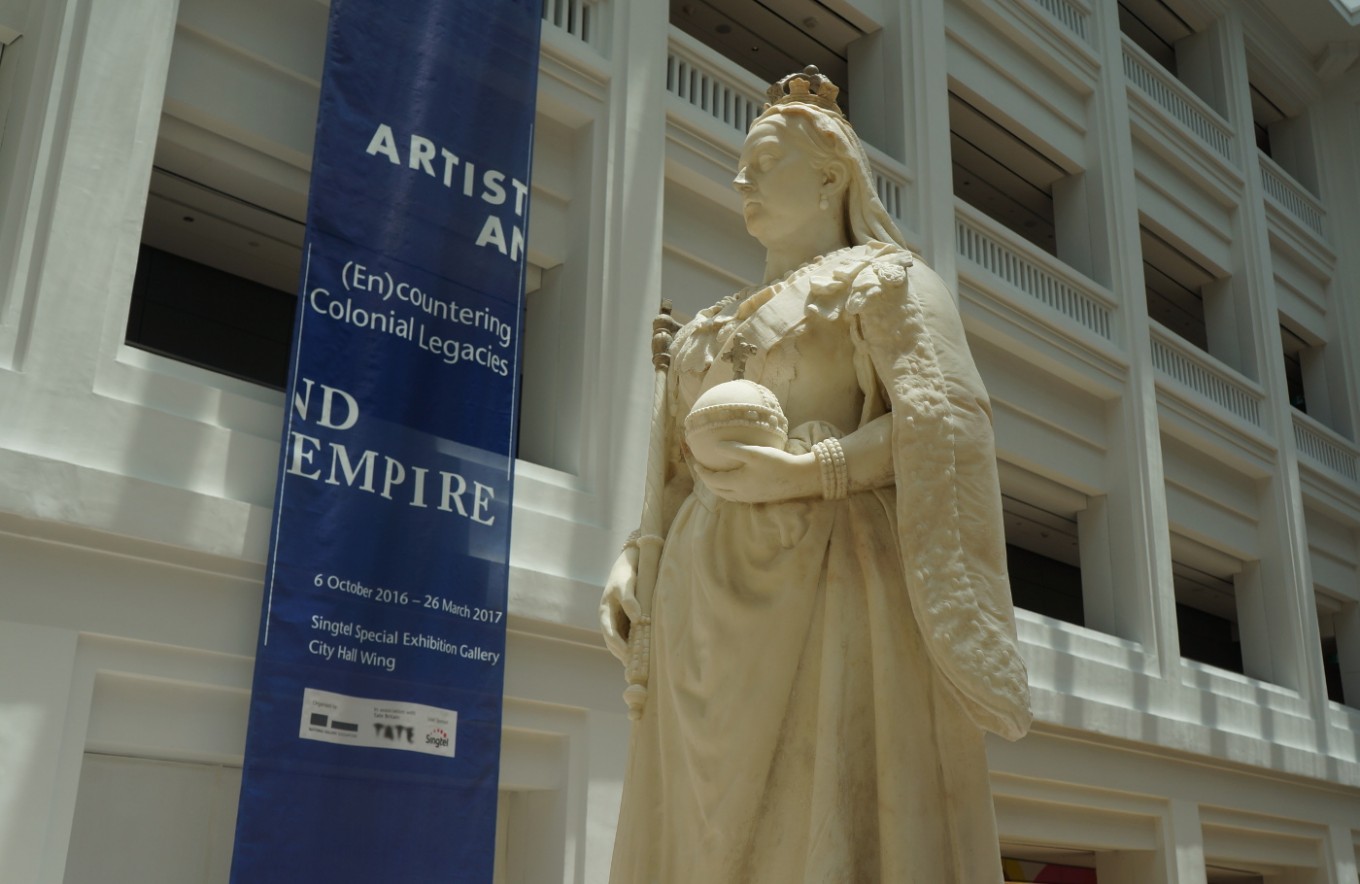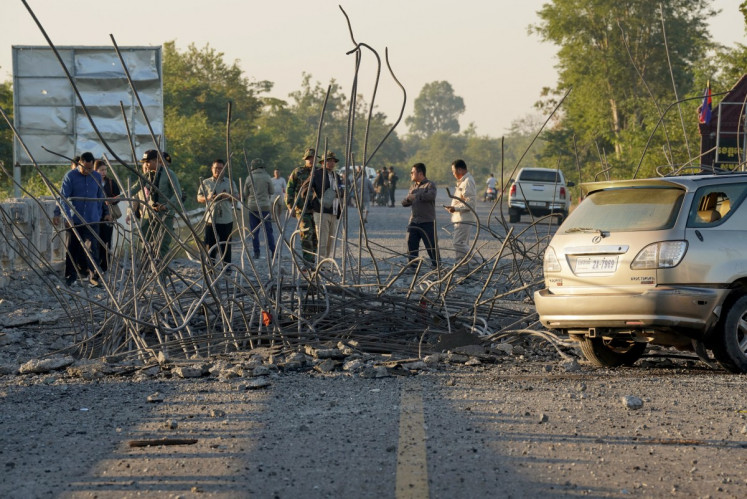Popular Reads
Top Results
Can't find what you're looking for?
View all search resultsPopular Reads
Top Results
Can't find what you're looking for?
View all search resultsSingapore exhibition explores British Empire's artistic legacy
Change text size
Gift Premium Articles
to Anyone
A
n exhibition of arts associated with the British Empire from the 16th century to the present is currently ongoing at the National Gallery Singapore in Singapore until March 26, 2017.
"Artist and Empire: (En)countering Colonial Legacies" is the gallery’s first collaboration with the Tate Britain art museum in London, UK, and second international event.
“'Artist and Empire' opens up fresh perspectives on how we can view Singapore and our colonial visual heritage,” said the gallery’s director for curatorial, collections and education, Low Sze Wee, who is also the exhibition's curator. “It will offer visitors an opportunity to examine afresh our society today, and how we have built our sense of identity and place in relation to our [colonial] past.”
Inspired by Tate Britain's "Artist and Empire: Facing Britain’s Imperial Past" exhibition held in November last year, the Singapore event is said to offer something different.
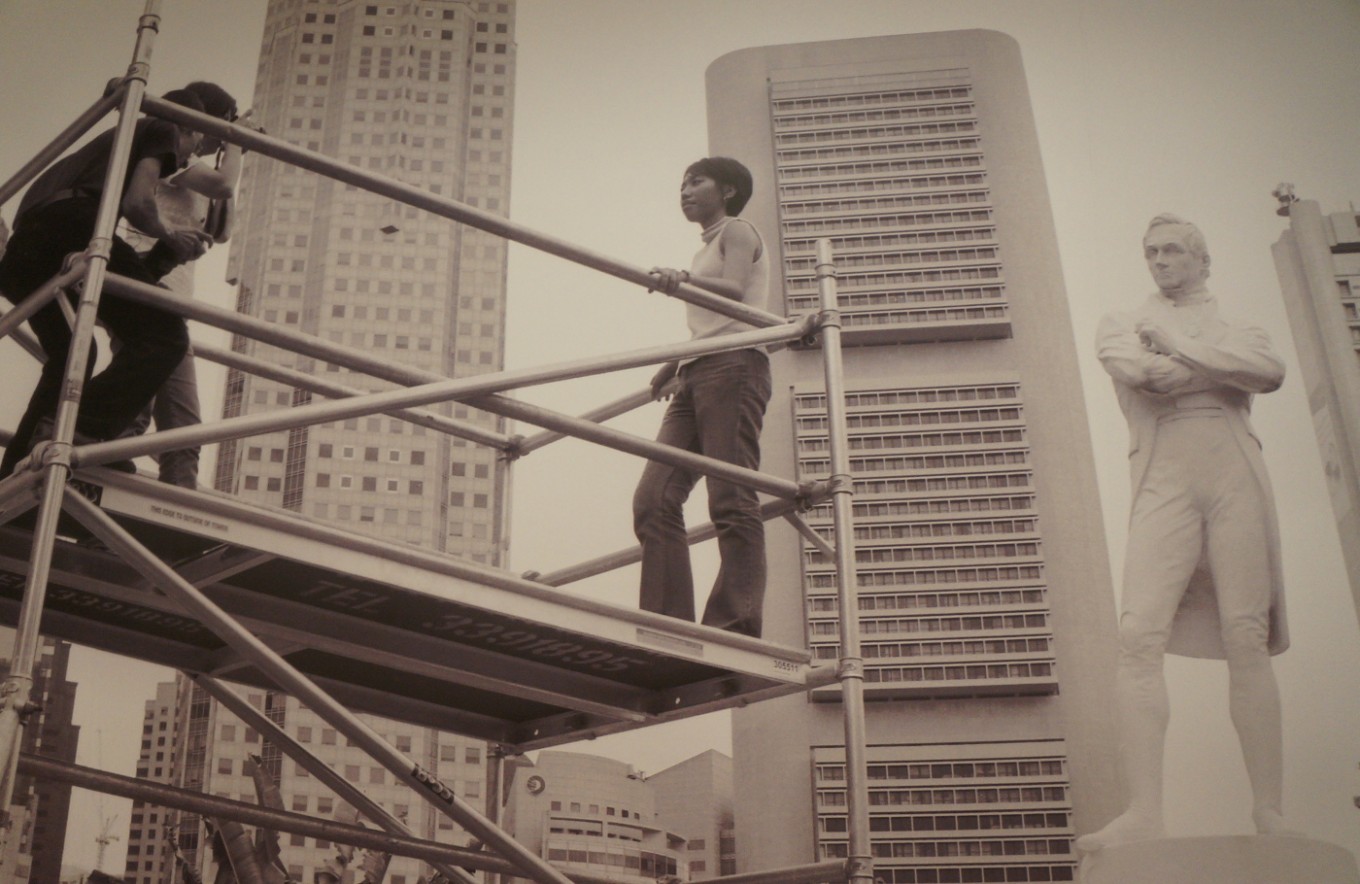 "Untitled (Raffles)" (2000) by Lee Wen that can be found in Gallery 1.(JP/Ni Nyoman Wira)
"Untitled (Raffles)" (2000) by Lee Wen that can be found in Gallery 1.(JP/Ni Nyoman Wira)
“Unlike the London exhibition that took a very British-centric perspective, we took Tate Britain’s narrative as a point of departure to shift the curatorial focus and perspective to Britain’s former colonies in Asia Pacific, such as Singapore, Malaysia, Myanmar, India and Australia,” said National Gallery Singapore director Eugene Tan, adding that they also included responses from contemporary artists toward colonialism, such as Wong Hoy Cheong from Malaysia and Erika Tan from Singapore.
Meanwhile, Wee said, “When we decided to curate the show here, we wanted to do it quite differently because, of course, our audiences are different and the perspective that we have on the issues of empire and colonization would also be different."
More than 200 artworks are displayed at the exhibition; the majority of them were loaned and only 15 percent came from the national collection. As for geographical distribution, most of the artworks are related to Southeast Asia, India, Australia, UK, and other places that have connection with the British colony.
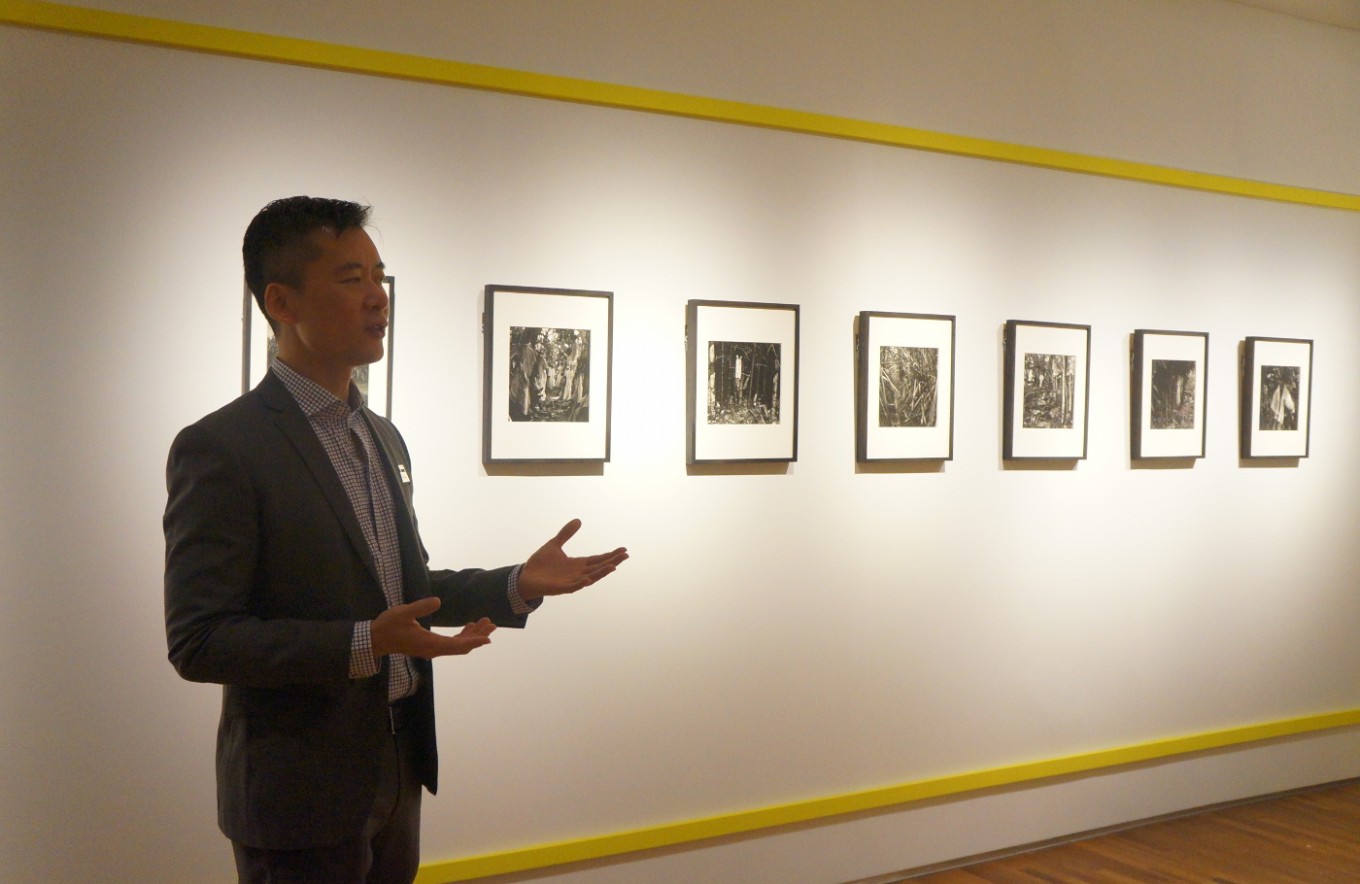 The gallery's Director for Curatorial, Collections and Education, and curator of the exhibition, Low Sze Wee.(JP/Ni Nyoman Wira)
The gallery's Director for Curatorial, Collections and Education, and curator of the exhibition, Low Sze Wee.(JP/Ni Nyoman Wira)
Countering the Empire
The exhibition is divided into two categories: Countering the Empire and Encountering Artistic Legacies. The former is about how to have a more critical look at the historical works from the past. It also includes historical artworks that were made to commemorate important events or the people in British history, as well as artworks about people of the colonies and flora and fauna that were produced for British consumption.
Upon entering the Countering the Empire exhibition at the Gallery 1, visitors will be greeted with artworks related to Sir Thomas Stamford Raffles, who is regarded as the founder of modern Singapore. In addition to a portrait of him by George Francis Joseph in 1817, art enthusiasts can marvel at a contemporary piece of the figure by Lee Wen. There are also collections of oil sketches by William Daniell about Rafflesia arnoldii, artworks that appeared as plates in Raffles’ book, The History of Java (1817) and wooden male figures that are considered as his personal collectibles from Java.
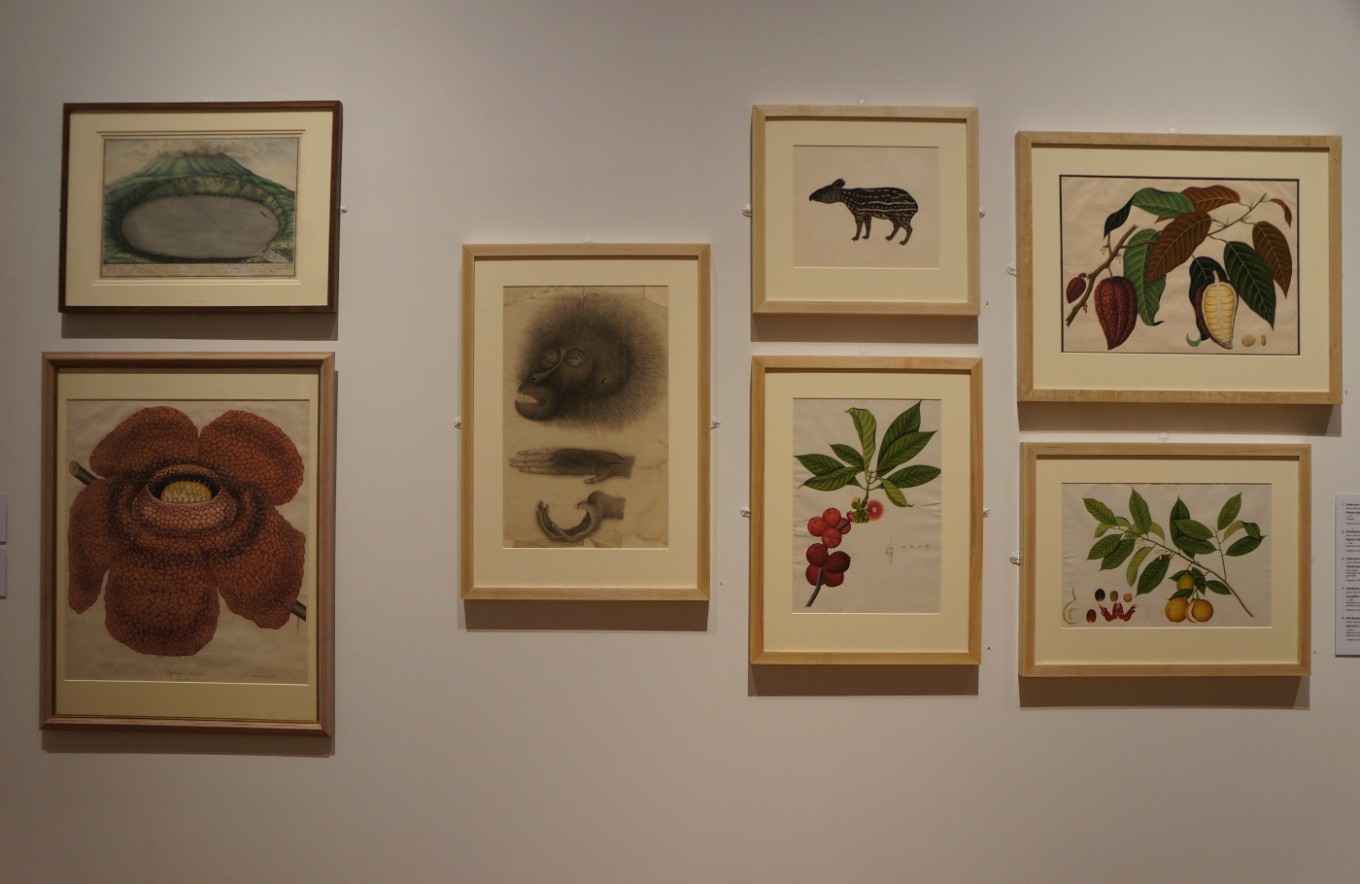 Collections of artworks related to Sir Thomas Stamford Raffles at Gallery 1.(JP/Ni Nyoman Wira)
Collections of artworks related to Sir Thomas Stamford Raffles at Gallery 1.(JP/Ni Nyoman Wira)
Encountering Artistic Legacies
At the Gallery 3, visitors can find artworks from the Encountering Artistic Legacies category, which is said to be the most interesting aspect of the exhibition. In a bid to merge colonial experience and modern art, it looks at what happened to art as the British Empire declined and the colonies started to move toward independence. It also takes a look at how artists responded when the societies changed in the late 19th to early 20th century.
“We took this opportunity to look at how modern art began in some colonies in Asia Pacific and Southeast Asia regions,” said Wee, added that the countries included India, Australia, Singapore, Malaysia, Brunei and Myanmar.
(Read also: Foreign curator brings Otto Djaya's paintings to Indonesian audience)
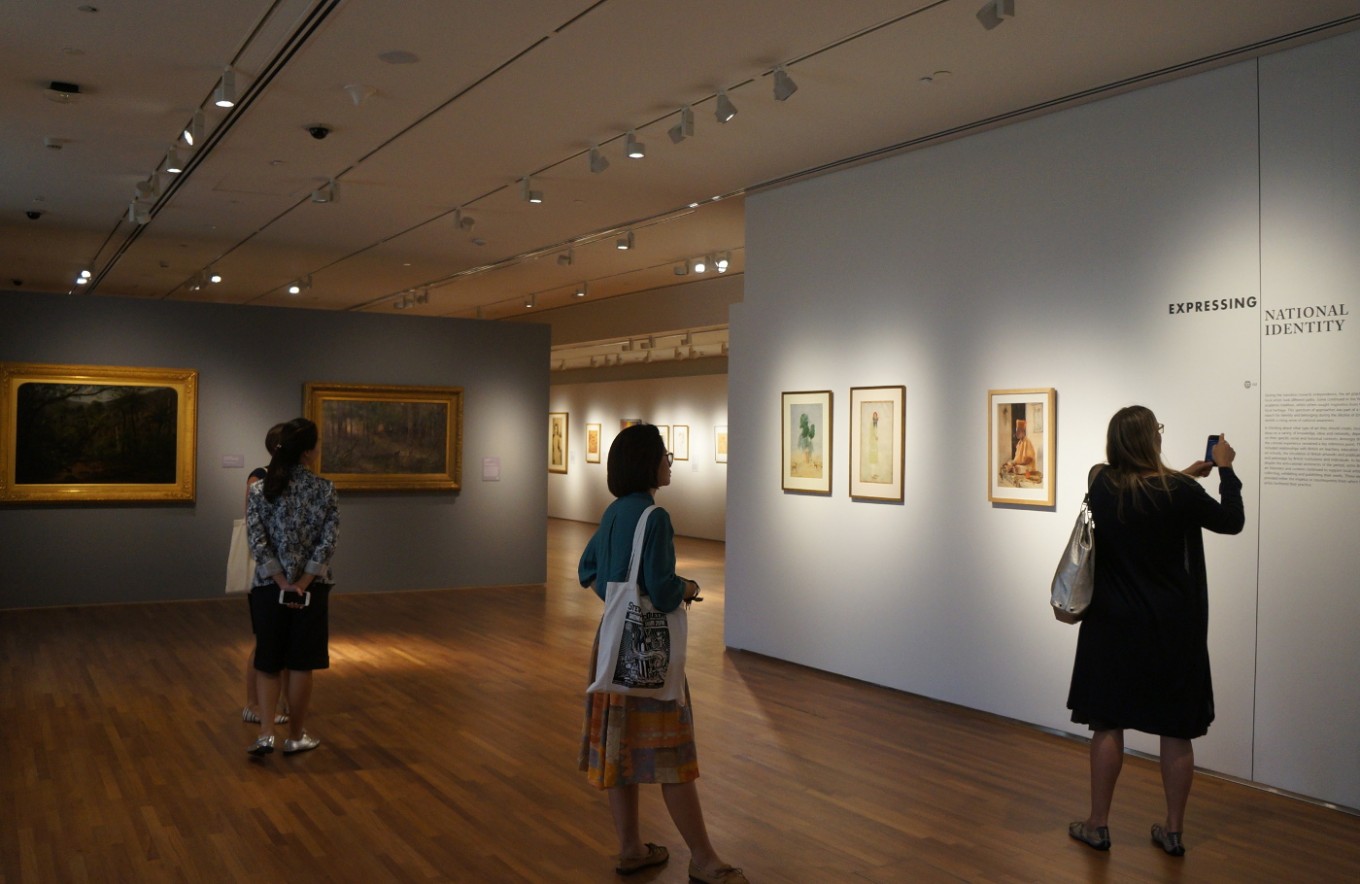 Visitors marvel at artworks shown in Gallery 3.(JP/Ni Nyoman Wira)
Visitors marvel at artworks shown in Gallery 3.(JP/Ni Nyoman Wira)
“We also think about what other ways in which artists in different places of the former colonies try to make other form of art,” said assistant curator Melinda Susanto. “As we move towards decolonization and new sense of self-identity, what kind of art were they making to represent themselves?”
As the crucial transition occurred at different times, so did artistic practices, with artists trying to find their own style as a form of identifying themselves and putting their everyday life, culture and society onto the canvas. “In some ways this third gallery is quite broad in the time period and geography. We hope it starts to bring up some discussions,” said Melinda.
Some of the artworks showcased here are Ahmat (1930) by Richard Walker, Portrait of Khoan Sullivan (1959) by Cheong Soo Pieng, Krishna and Balarama (1960) by Jamini Roy and Malayan Culture 1 and 2 (1957) by Chuah Thean Teng.
Those interested to fully enjoy the exhibition are advised to start from Gallery 1 and progress sequentially to the last because the exhibition is presented in a linear narrative, thus the transitions will be more visible. “It is true that each of the gallery has self-contained theme and you can approach each of them in its own way, but the way the show is developed is quite linear,” said Melinda.
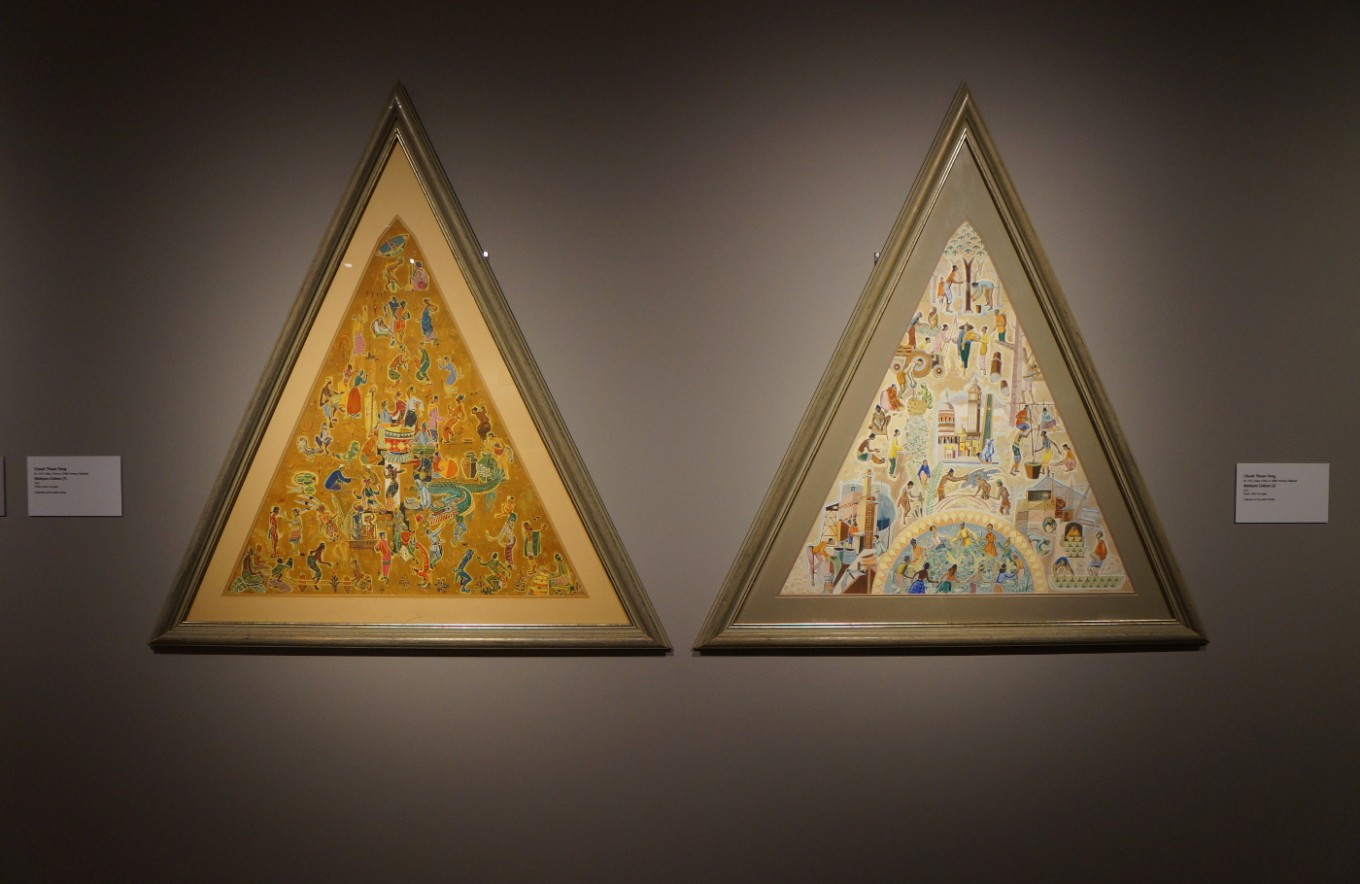 "Malayan Culture (1) and (2)" (1957) by Chuah Thean Teng at Gallery 3.(JP/Ni Nyoman Wira)
"Malayan Culture (1) and (2)" (1957) by Chuah Thean Teng at Gallery 3.(JP/Ni Nyoman Wira)
The Fundraising Gala
As colonization is a rather sensitive subject, the gallery reportedly had to change the name of its fundraising event on Oct. 7 from "The Empire Ball" to "National Gallery Singapore Gala". As reported by The Straits Times on Sept. 22, the ‘empire’ theme was said to “carry the idea of colonial oppression” and was “in poor taste for a celebratory event”. It was also criticized as “being insensitive and dismissive of the violence and scars of imperialism”.
Tan told The Jakarta Post during a media tour in Singapore that the controversy was considered an opportunity for dialogue. “But one result from this incident is the discussion about the colonization in Southeast Asia as well as its legacy and society. And this is precisely one of the reasons why we organize and curate this exhibition.”
 The interior installation view of "Re:Looking, 2002-2003 (with a simplified installation in collaboration with NGS, 2016)" by Wong Hoy Cheong. (JP/Ni Nyoman Wira)
The interior installation view of "Re:Looking, 2002-2003 (with a simplified installation in collaboration with NGS, 2016)" by Wong Hoy Cheong. (JP/Ni Nyoman Wira)
The issue itself did not influence the curating process as the gallery had already developed the narrative and exhibition. “The controversy is quite recent [while] the show has already been developed," said Melinda. “We have already completed the show by then.”
Melinda is hopeful that the exhibition can be the beginning of a discussion. “Hopefully, through the artists who are featured in this exhibition, we will open up a discussion about colonialism, colonial experience, modern art, and also the question of post-colonialism in Southeast Asia."
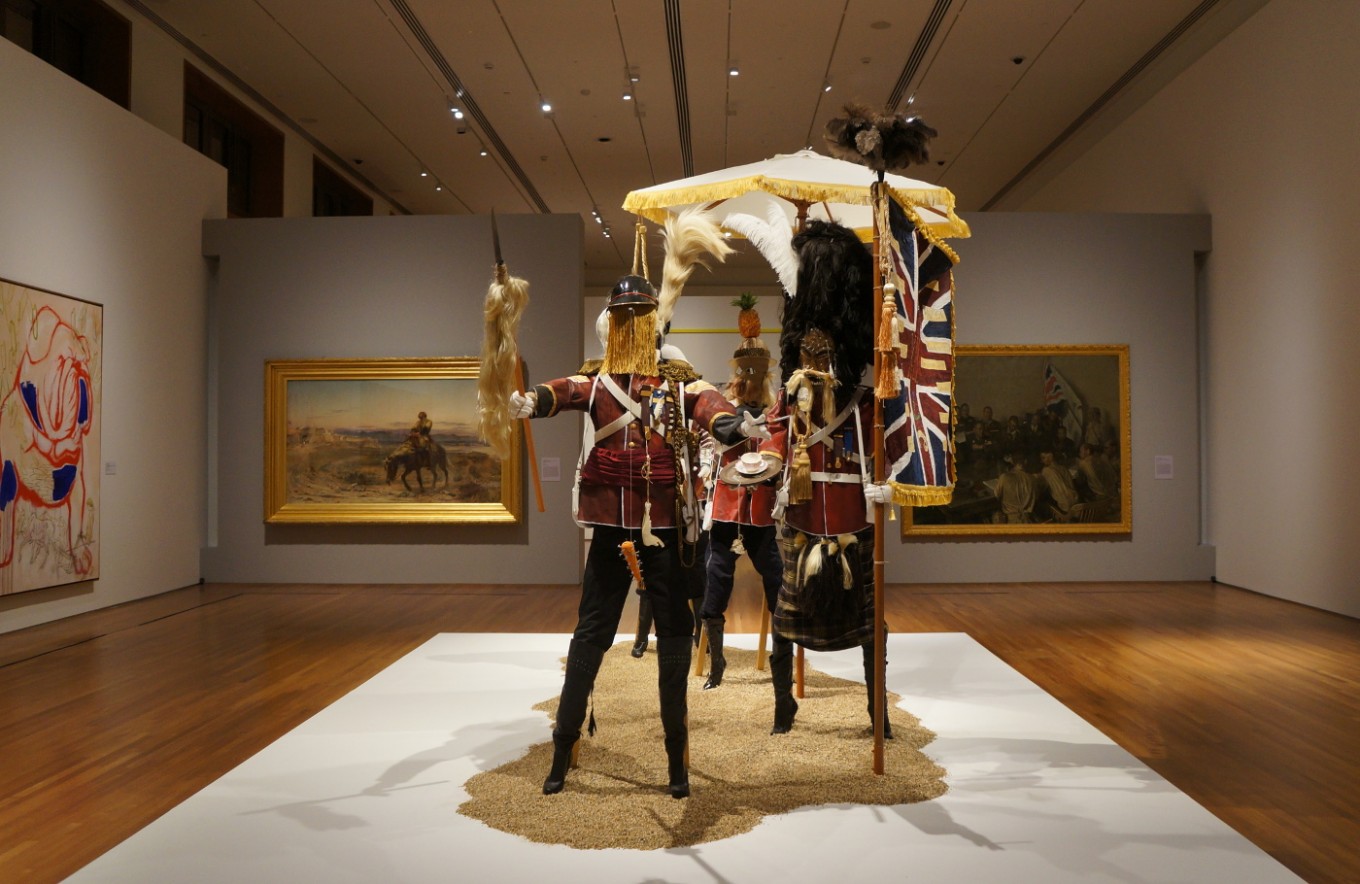 The installation of "British Infantry Advance on Jerusalem, 4th of July, 1879" (2015) by Andrew Gilbert. (JP/Ni Nyoman Wira)
The installation of "British Infantry Advance on Jerusalem, 4th of July, 1879" (2015) by Andrew Gilbert. (JP/Ni Nyoman Wira)
Meanwhile, Wee said Artist and Empire was not about whether the British Empire was good or bad. “It's really about art, the power of art to shape public perception,” he explained. “I think at the end of the day we acknowledge that the British Empire cannot be narrowed down to any single place, person, object, or thing. It's an extremely complex and contested idea.”
In addition to artworks, the exhibition also features additional events, such as Art Talks, Curatorial Roundtable and Curator-led Tour. The entrance price starts from S$15 (US$11) for Singaporeans and S$25 for non-Singaporeans. (kes)

